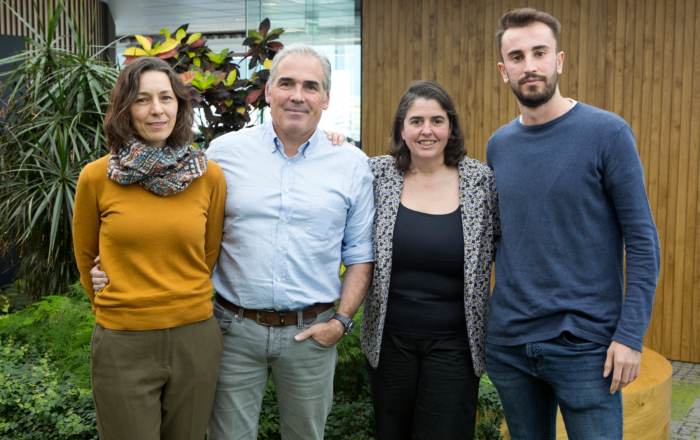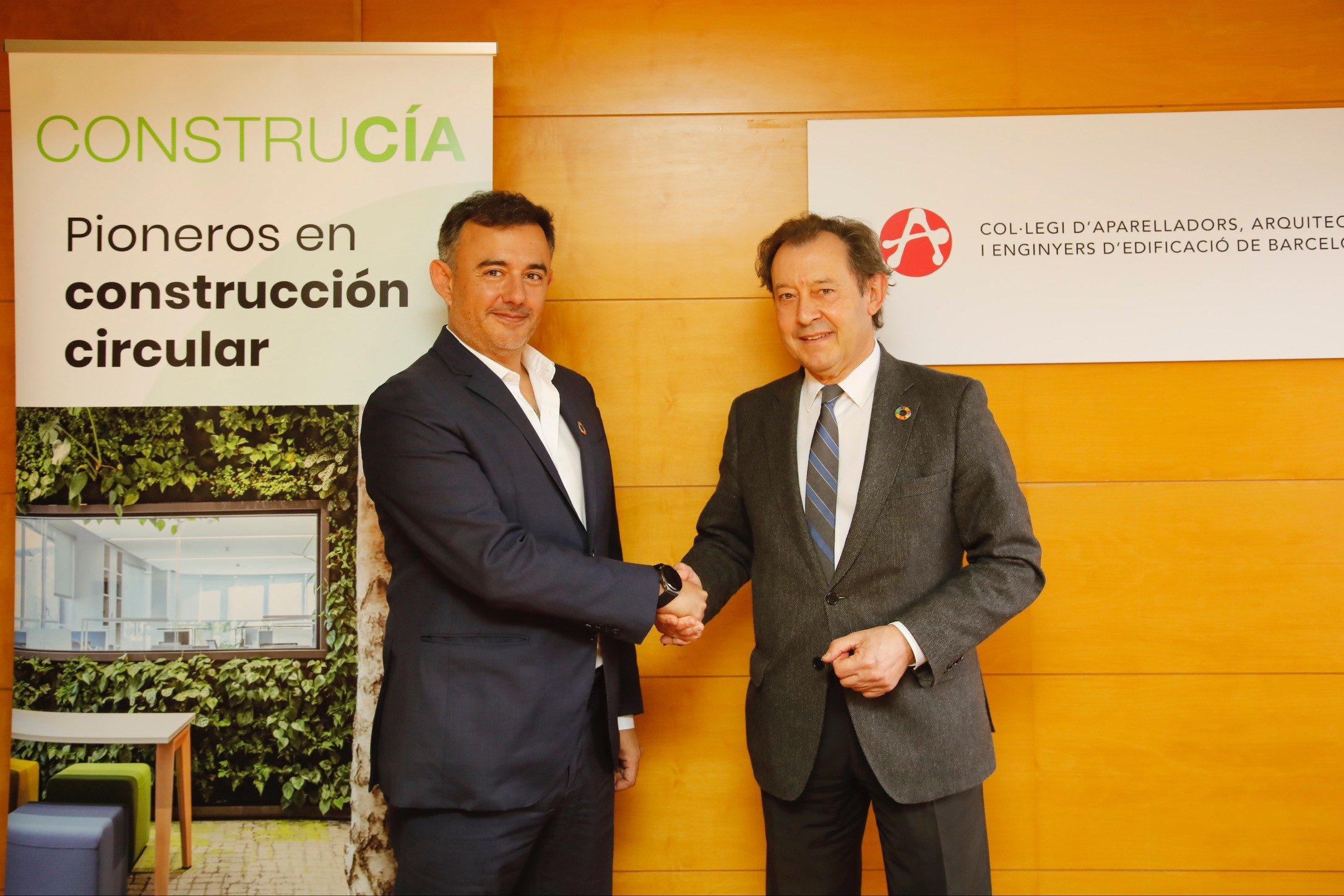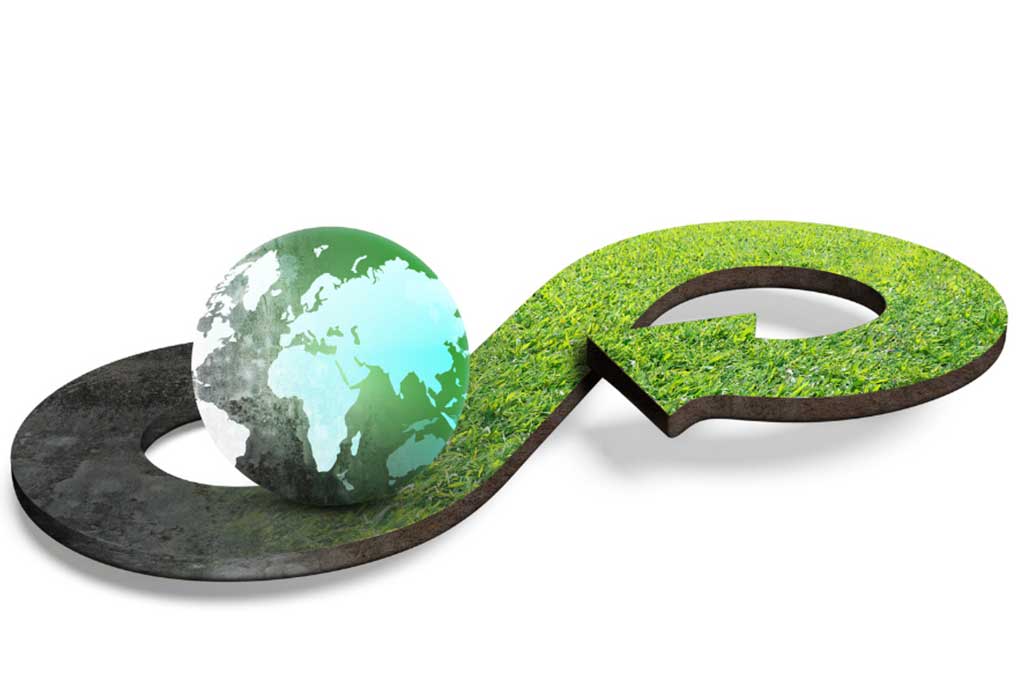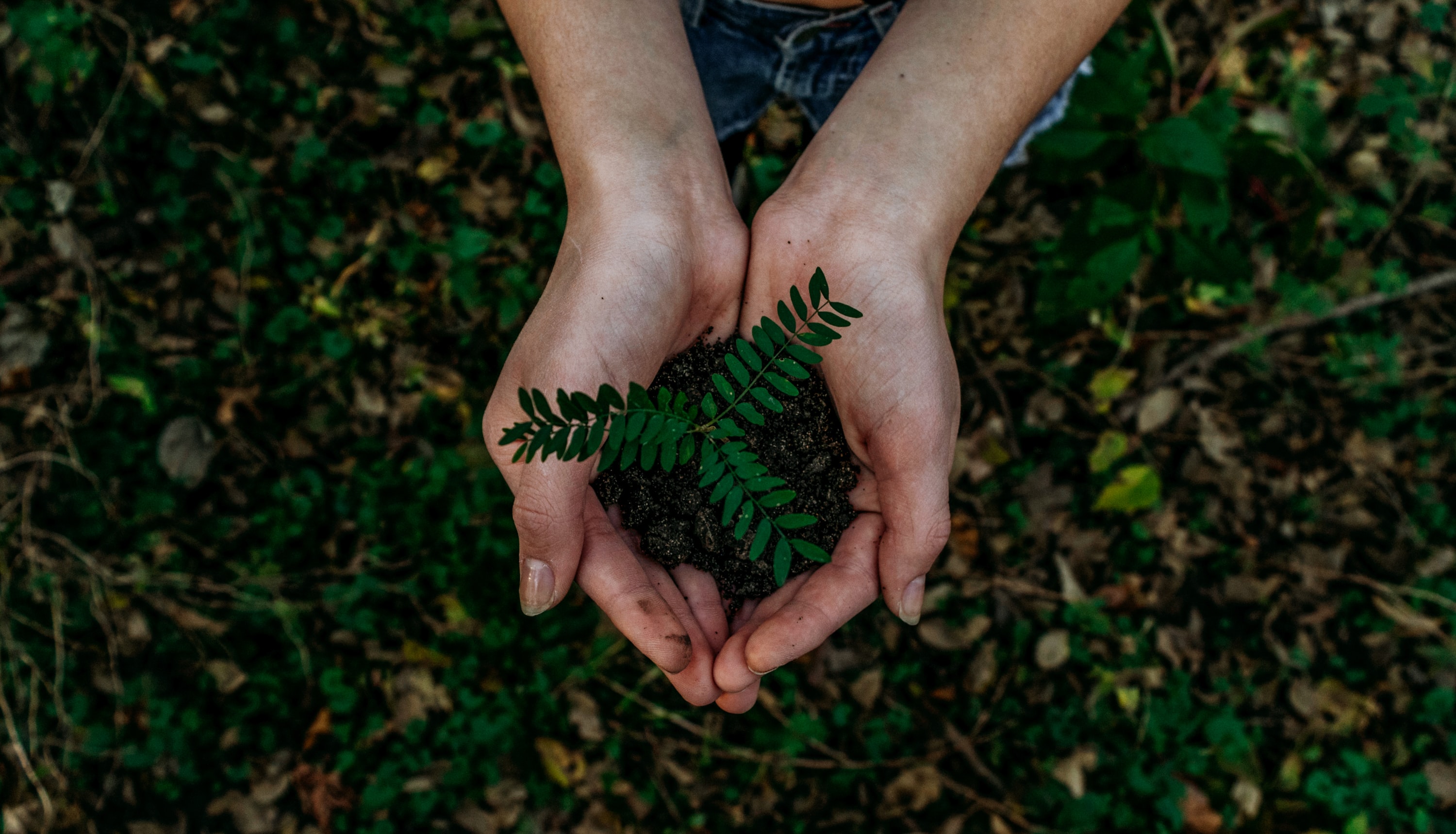Generating abundance in construction
In every project we face, we have the firm objective of creating and quantifying the positive impact of our actions on individuals, society and the economy.
At Construcía we are committed to having a positive influence on people, and beyond generating the "least bad" spaces, we design and build healthy and comfortable spaces. With a positive impact.
We live in an increasingly aggressive and unpredictable environment. From our position we can positively influence the immediate environment, where we mainly develop our activity. From corporate headquarters to commercial spaces and such.
The food we eat, and in this case, the materials we have been using in construction, use chemicals that can generate serious damage to health. This directly affects the quality of the air we breathe, with some interiors having an air quality eight times worse indoors than outdoors. This is especially true in urban environments, where the quality of the outdoor air is far from optimal.
Exclusively, from a detailed analysis of the components we use in construction, we can guarantee that the environment we live in has a positive impact on individuals. This results in a health improvement of the users, making us more resilient.

How do we accomplish positive impact?
In this respect, we set the Cradle to Cradle product certification as our benchmark. This analyses the chemical components of each product at a molecular level, with the maximum health benefits for the end user, guaranteeing an effective use of resources (water and energy) and favouring a circular model of raw materials.
But we do not only live in our immediate surroundings, and at Construcía we think that our work should also have a positive impact on Society and the Environment.
We believe in a model that goes beyond generating "Zero Waste" (reducing negative impact), since we understand that we must evolve towards a model that directly generates nutrients (positive impact). Thus eliminating the waste concept.
Knowledge of the elements and construction systems down to their molecular level allows us to identify the components to be reused in future cycles. It is done either as biological nutrients (compostable) or as technological nutrients (raw materials to generate new products)
Besides, it is our priority the use of renewable energies, favouring environments capable of generating surplus energy. And we also guarantee an effective use of water, in order to achieve a "cleaner" water after having used it.
We are committed to a model that implies a change of paradigm as opposed to conventional systems of sustainability, where not consuming is supposed to make you a better citizen, and it doesn't have to be that way.
A circular model allows us to positively assume that things do not have to last forever, which enables a more effective access to innovation and incorporate it into the materials and equipment we use. Working as a regenerative system, which evolves and enriches itself.

Our methodology: Lean2Cradle® Construcía
For this purpose, Grupo Construcía has developed its own methodology, Lean2Cradle® Construcía , which combines Cradle to Cradle design criteria with Lean Construction work methodology. This allows us, through optimised planning and constant review of processes, to guarantee a circular model of unlimited reuse of raw materials and resources. All this adds up to the capacity to generate tangible benefits to your environment.
Finally, we understand that people relate in society within an economic system. For this reason, at Grupo Construcía we analyse and weigh up the economic benefits derived from using our circular construction model.
The implementation of improvements in work spaces, both in health and comfort, the reductions in eco-toxicity or in CO2 footprint, are measurable and are reflected, in a positive way, in the balance sheets of the main companies today.
The transformation of the components of a building or installation into nutrients gives them value, generating a residual value of the construction. A value that we are able to measure and update throughout the life of the building.
The positive economic impact of our Lean2Cradle® circular model on risk reduction can also be quantified:
- Lower risk with regard to future regulatory requirements.
- Lower risk inherent in execution
- Lower risk identified against insurance companies
- Lower investment risk
To truly identify the positive impact we produce on people, society and the economy, we use a tool designed by Grupo Construcía: the Material Passport. Thanks to this, we are able to analyse the traceability of the whole process.
It is the only tool that allows us to make decisions when it comes to circular construction, specifying components, defining metrics and analyzing results.






























































